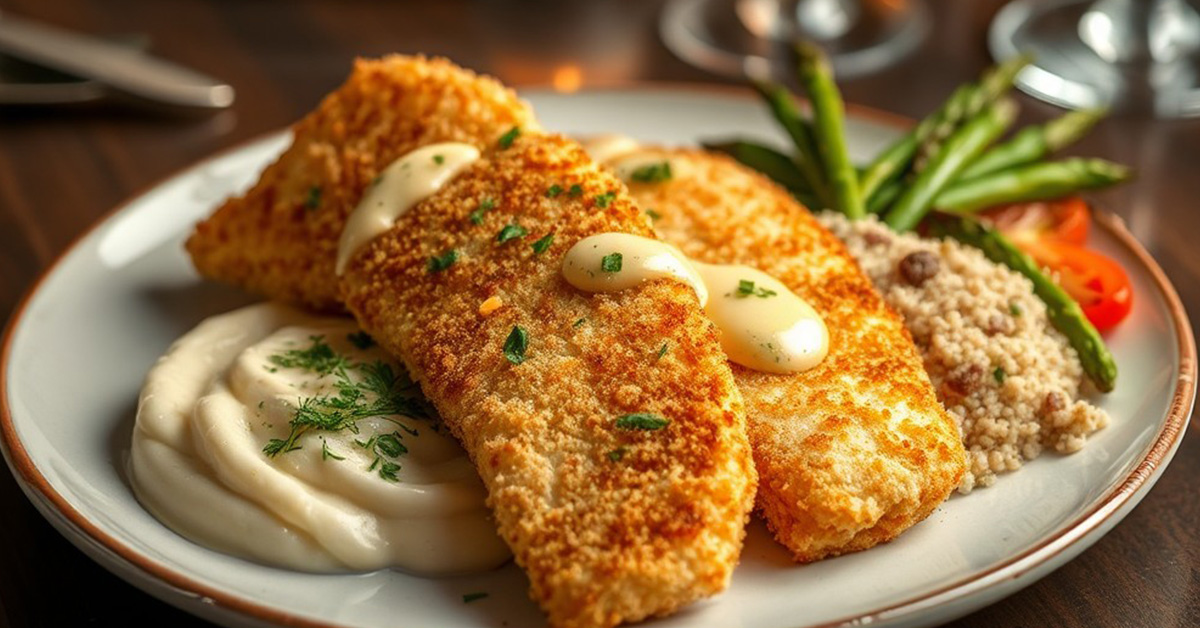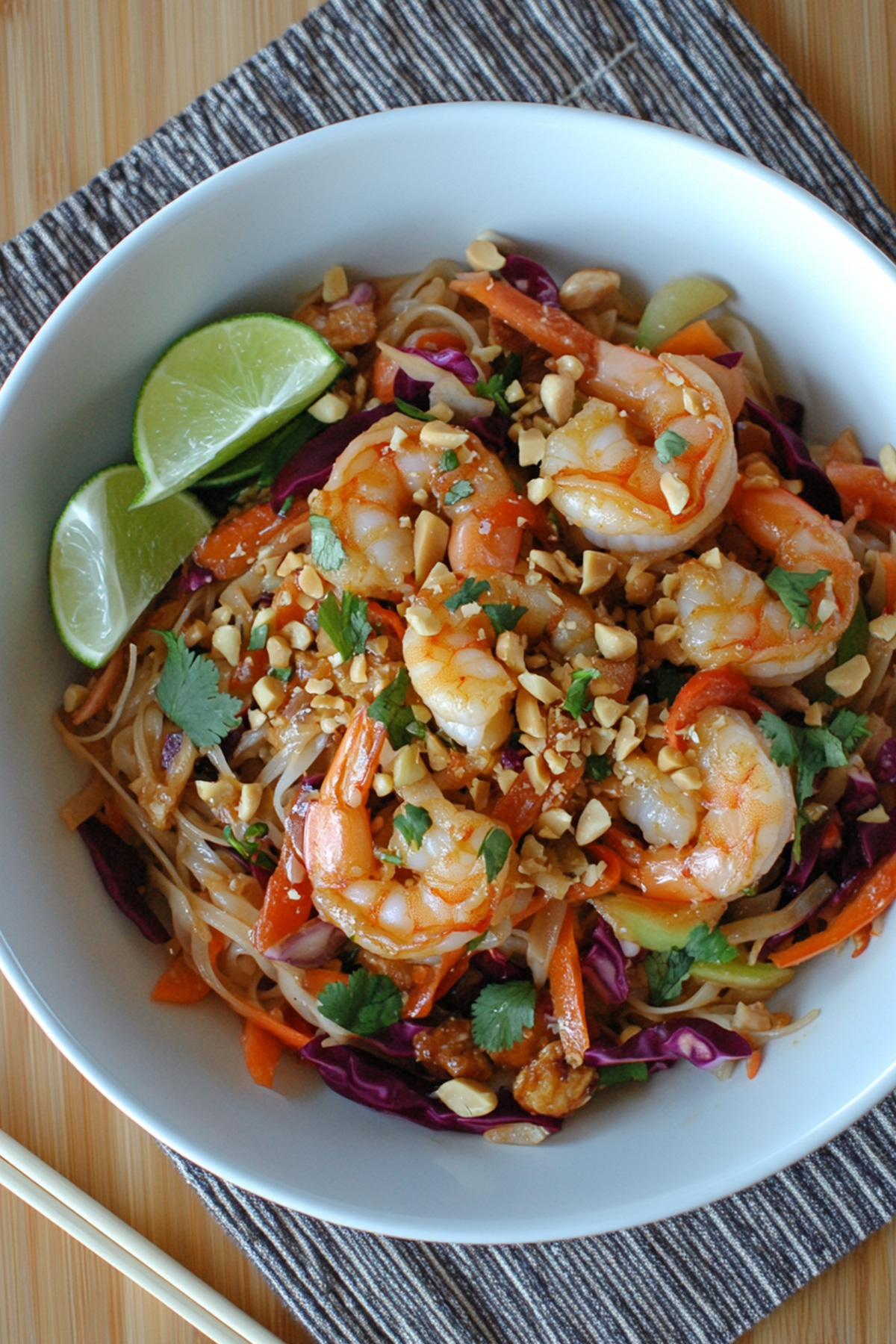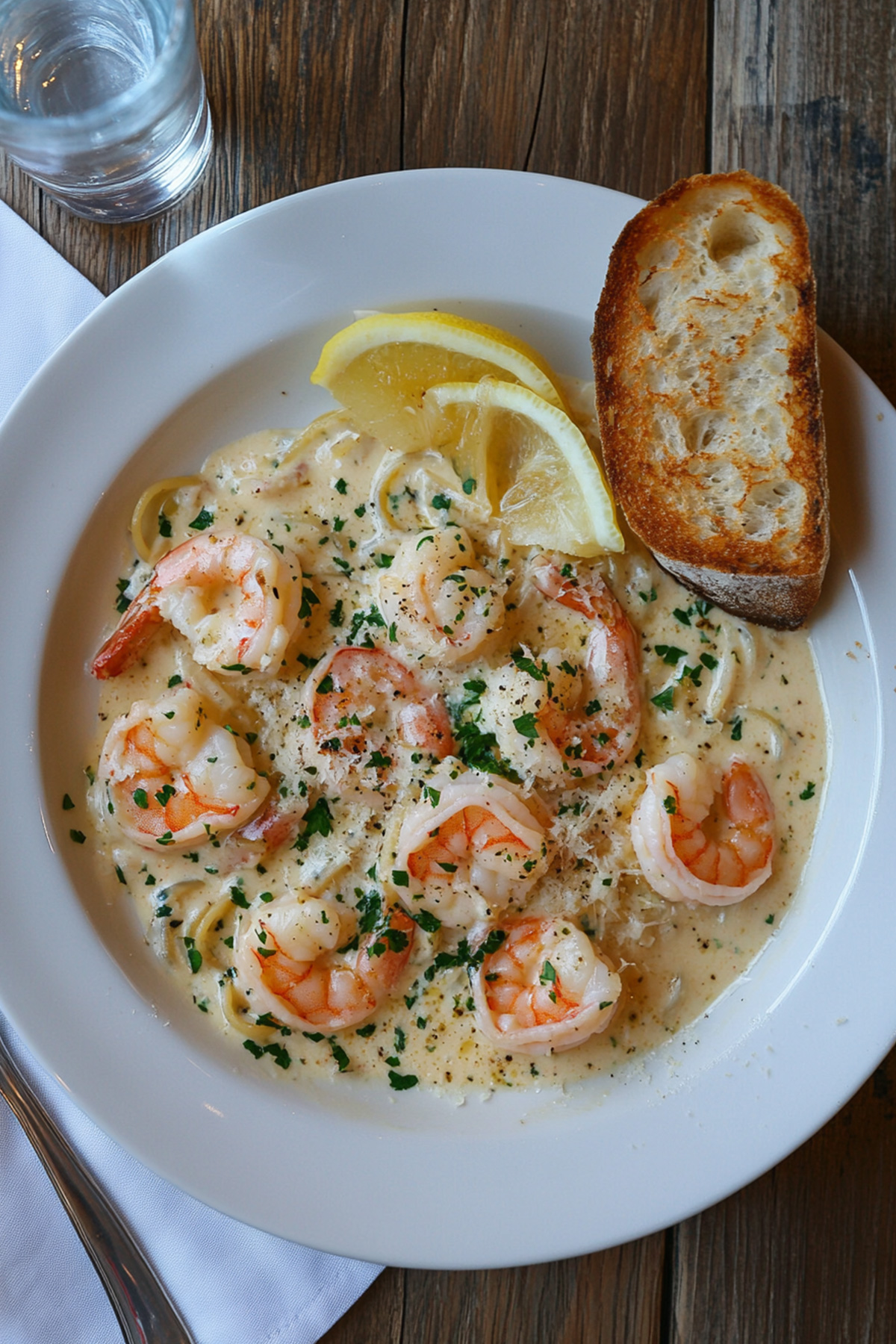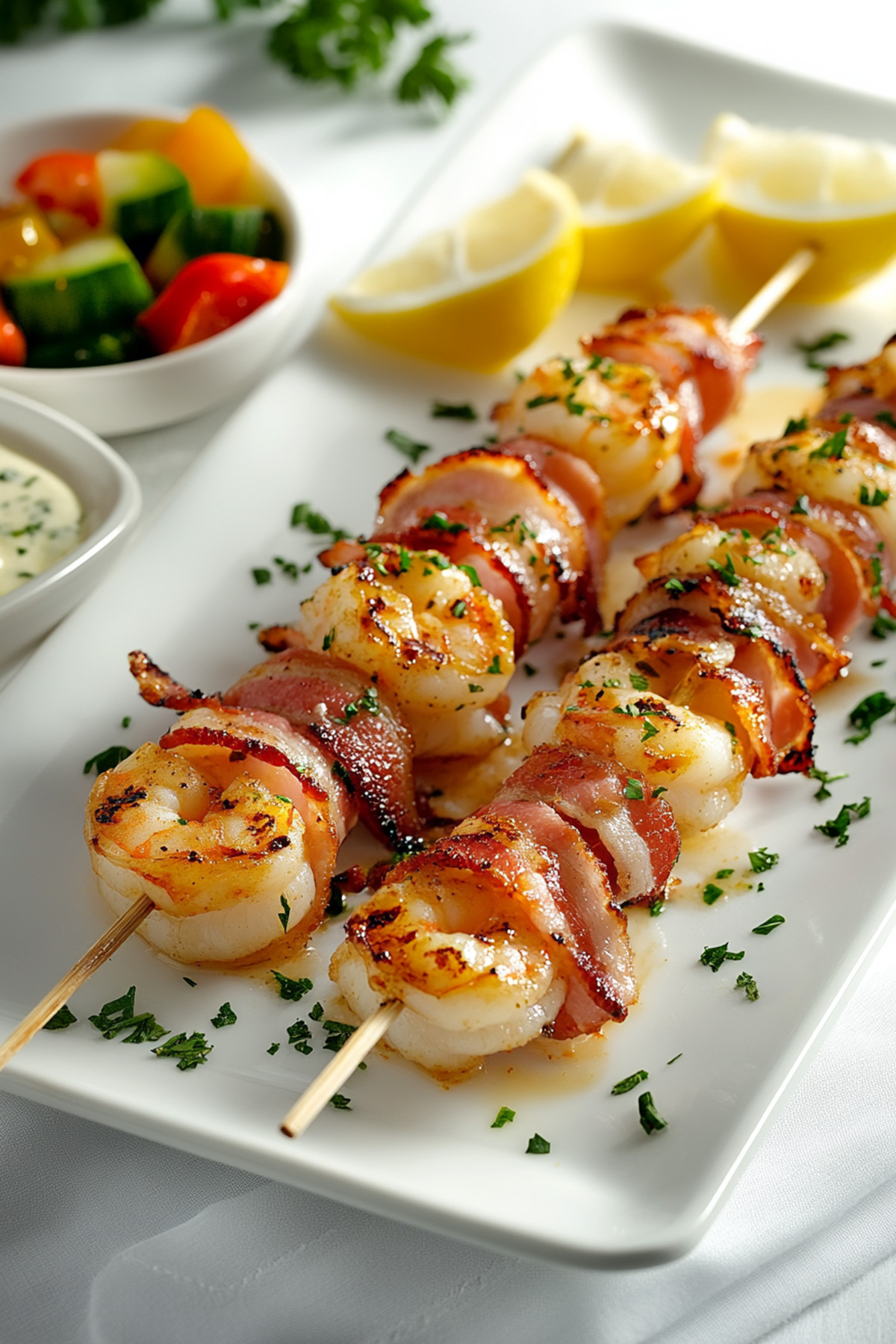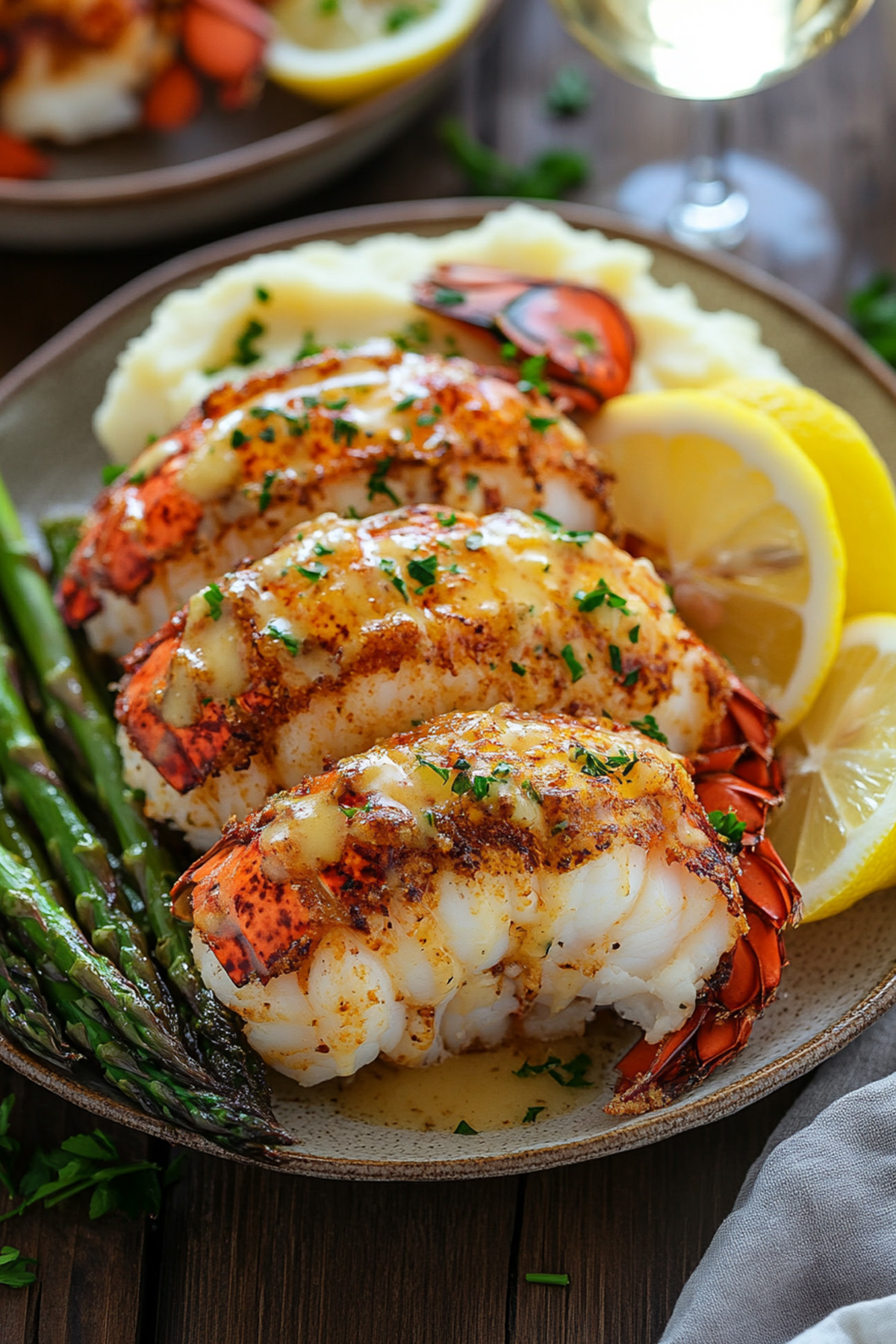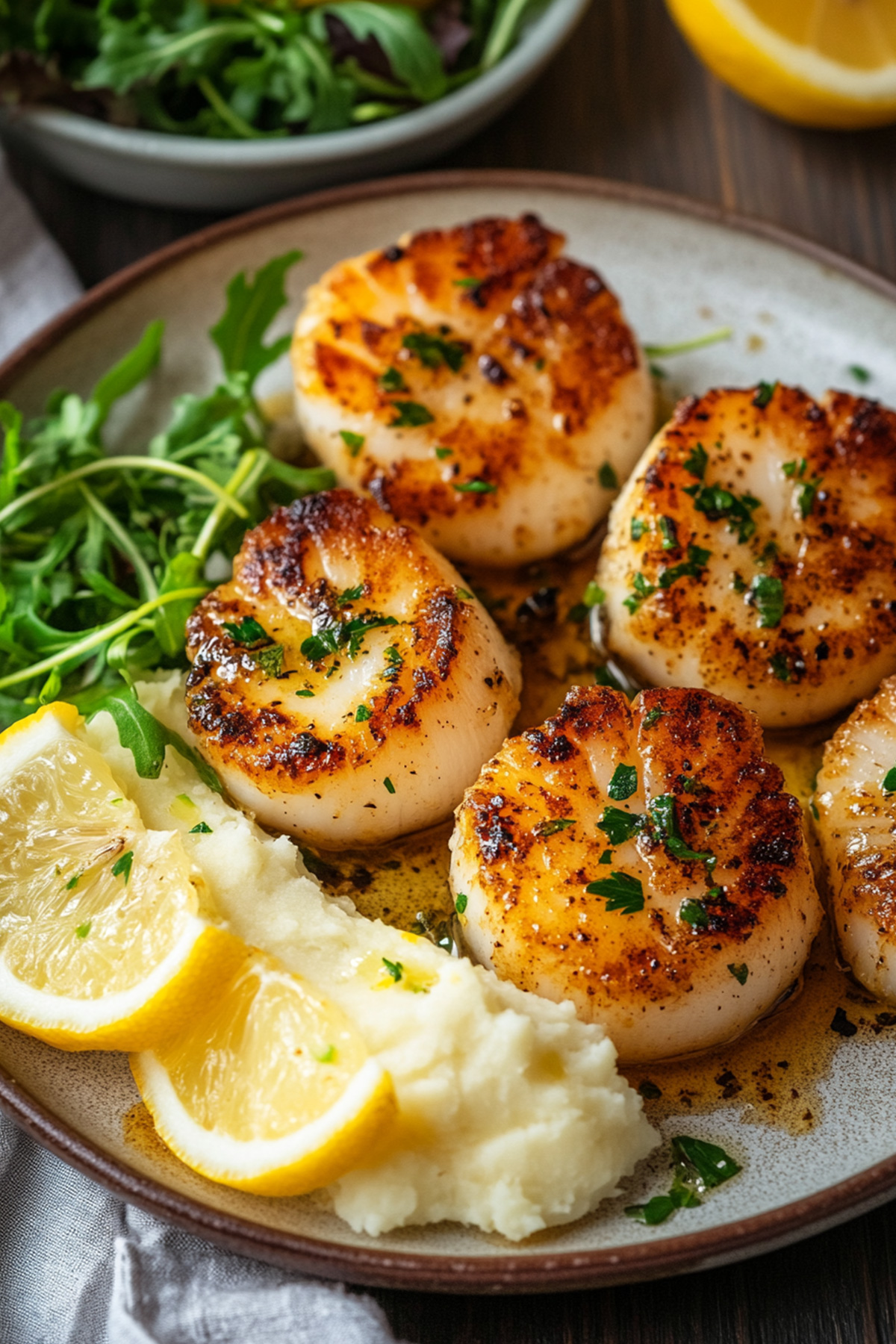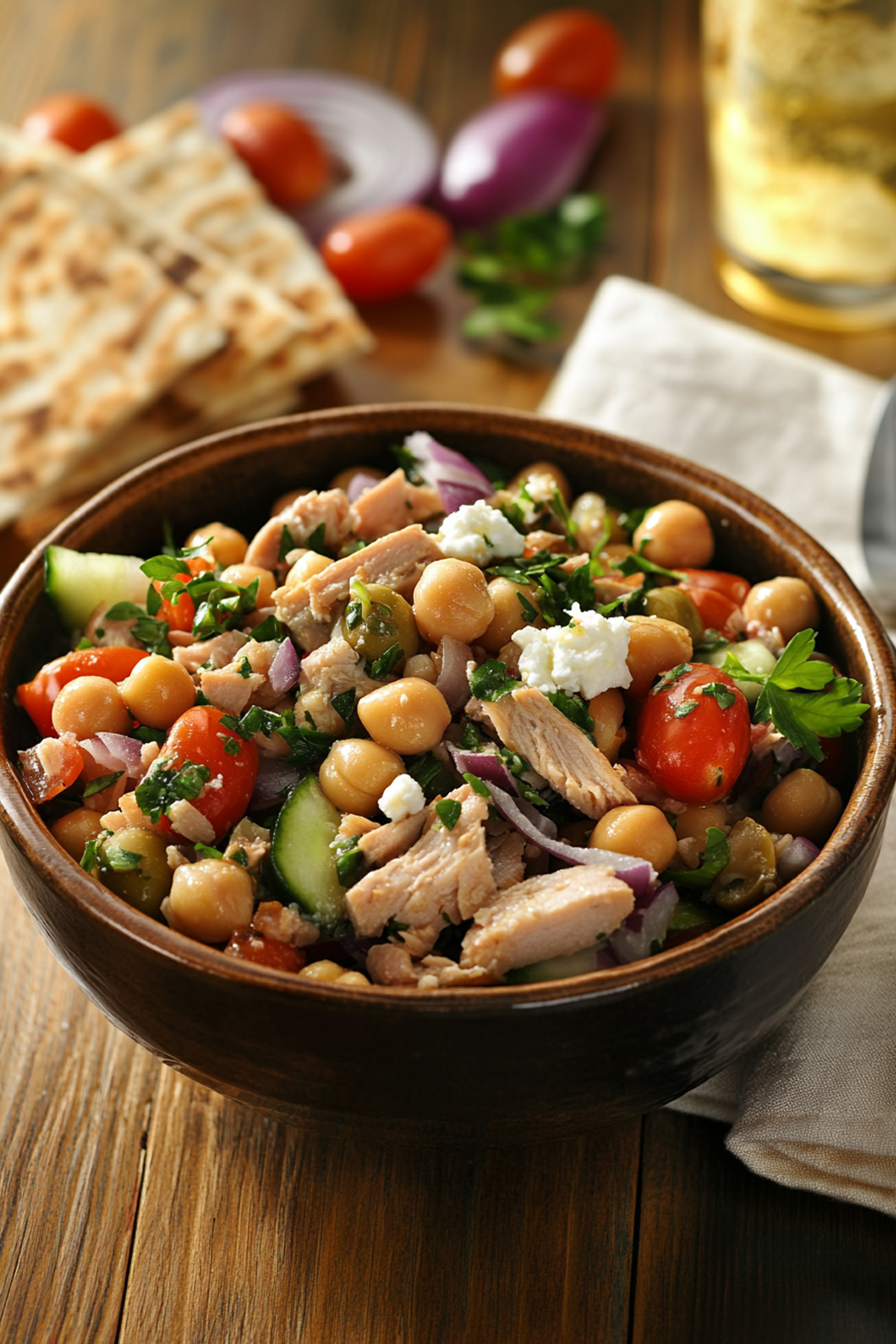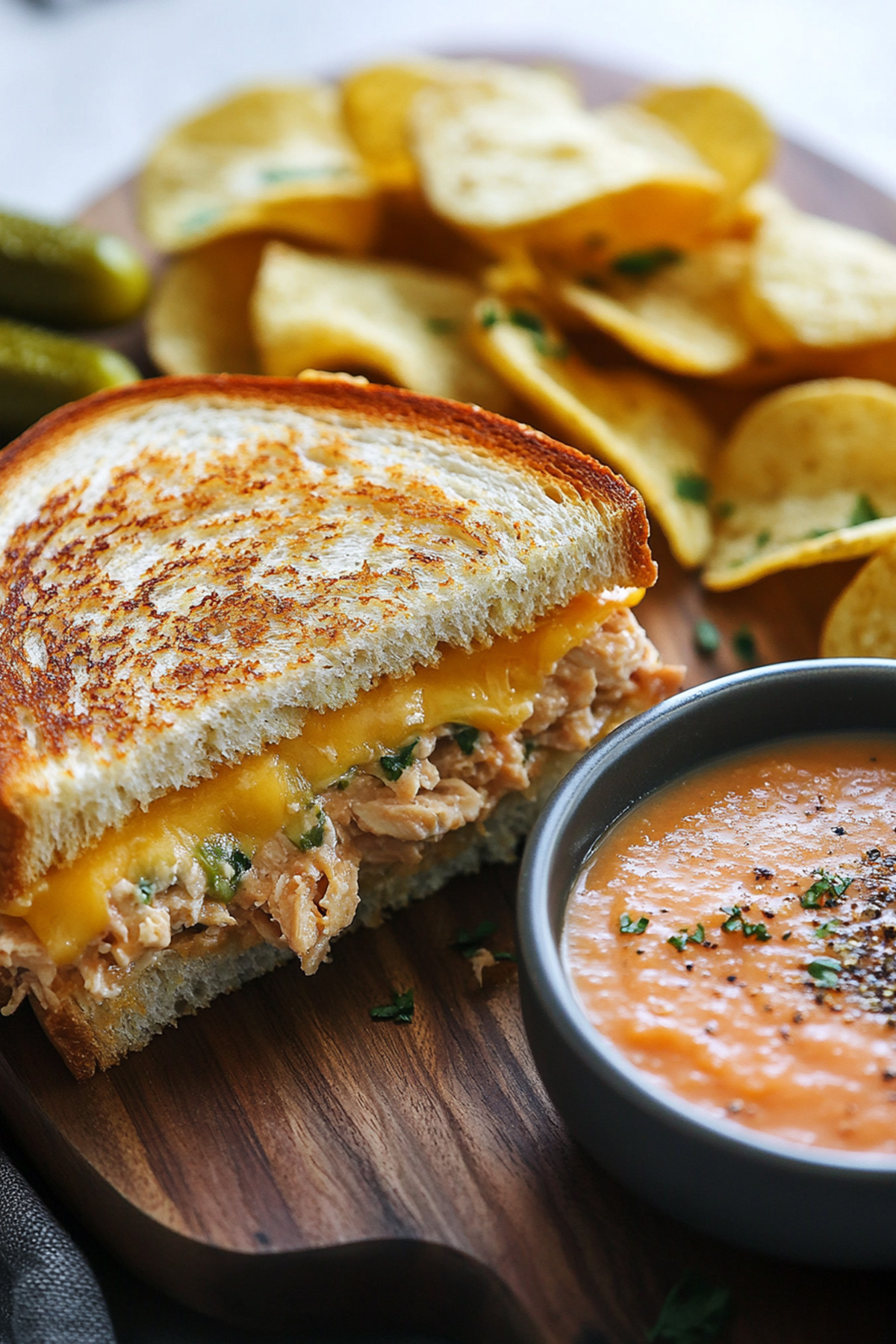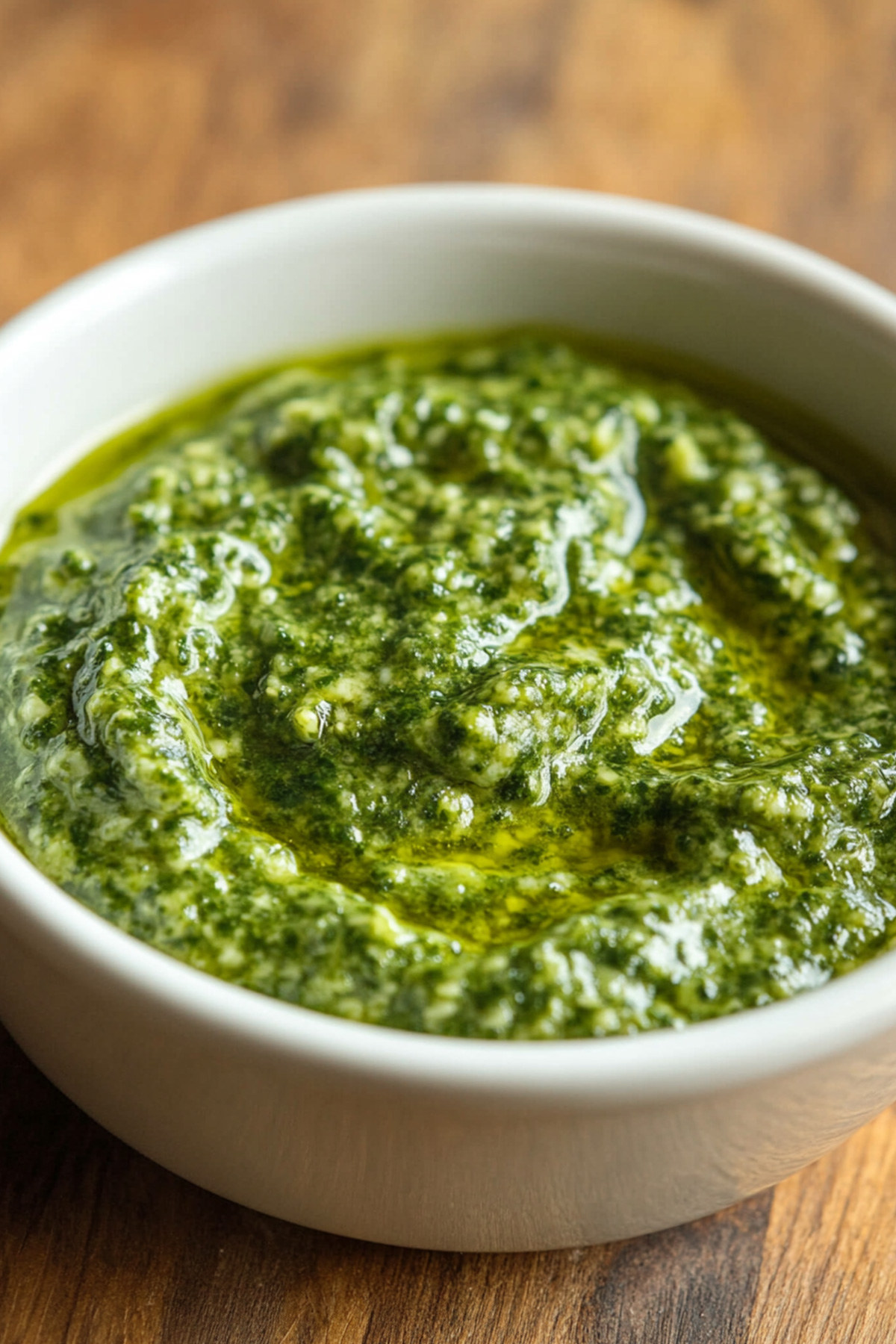Disclosure: As an Amazon Associate and participant in other affiliate programs, we earn from qualifying purchases. We only recommend products we believe will provide value to our readers.
When it comes to seafood, few dishes boast the allure of baked haddock. This flaky, white fish is a delight to both the palate and the eyes. Imagine sinking your fork into tender fillets nestled beneath a golden-brown crust—crispy, herb-infused breadcrumbs contrasting beautifully with the delicate fish below. Baked haddock offers an experience that’s not only flavorful but also healthy, making it a star attraction for any meal.
But let’s face it: achieving the perfect texture is where many home cooks hit a snag. Whether you’re craving that satisfying crunch or seeking just-right flakiness, mastering baked haddock requires finesse. Fear not! This guide will take you through each step of creating this culinary masterpiece, from selecting fresh fish to nailing down baking techniques that guarantee scrumptious results every time. Ready to dive in? Let’s get started on your journey to delectable baked haddock!
Table of Contents
Choosing the Right Haddock
Selecting the perfect haddock for your breaded and baked masterpiece is key to ensuring both flavor and texture shine through. When shopping at your local fish market or supermarket, look for fillets that are firm to the touch with a slightly translucent appearance. The flesh should be moist but not slimy, and it should bounce back when pressed gently. A fresh catch often has a mild ocean scent rather than an overpowering fish smell – a sign of quality you can trust. If possible, ask your fishmonger about the catch date or even opt for whole haddock; preparing it yourself can enhance your connection to the meal.
As seafood lovers become increasingly aware of sustainable practices, selecting haddock that is both delicious and environmentally friendly takes on greater importance. Sustainable seafood choices often have certifications such as Marine Stewardship Council (MSC) labels or are recommended on consumer guides on sustainability. Opting for sustainably sourced haddock not only supports healthy oceans but also encourages responsible fishing practices, ultimately preserving haddock populations for generations to come. By incorporating these eco-conscious decisions into your cooking habits, you contribute positively to our planet while enjoying wonderful meals.
The freshness of your chosen haddock directly impacts its flavor profile and textural qualities. Fresh fish tends to have a sweeter taste combined with natural brininess, enhancing every bite without crossing over into “fishy” territory. This clean flavor allows seasonings like lemon and herbs to shine, making each meal delightful yet nutritious. Additionally, the fresher the fish, the firmer its texture will be after baking – an essential factor when achieving that perfect crunch in your breadcrumb coating. Whether you’re making a weeknight dinner or prepping something special for guests, starting with high-quality ingredients sets the stage for culinary success that everyone will savor.
Health Benefits of Haddock
Haddock is not only a delicious staple for seafood lovers but also a powerhouse of nutrition that makes it an excellent choice for healthy eaters. This mild-flavored fish boasts an impressive nutritional profile, being low in calories and fat while high in protein. For instance, a 3-ounce serving of cooked haddock contains approximately 90 calories and around 20 grams of protein. This makes it an ideal option for individuals looking to maintain or lose weight without sacrificing essential nutrients. It’s the perfect ingredient for meals that leave you feeling satisfied without the added guilt.
One of the standout health benefits of haddock comes from its omega-3 fatty acid content, albeit lower than some other fish like salmon. Omega-3 fatty acids are known to promote heart health by reducing inflammation and lowering blood pressure, making haddock a smart addition to a balanced diet. Consuming foods rich in omega-3s can help improve brain function and decrease the risk of chronic diseases such as heart disease and arthritis. As such, incorporating baked haddock into your meals offers both flavor and nutritional perks that enhance overall well-being.
In addition to its heart-healthy fats, haddock provides essential vitamins and minerals, including vitamin B12, selenium, phosphorus, and potassium. Vitamin B12 plays a crucial role in maintaining nerve health and supporting energy metabolism, while selenium works as an antioxidant that protects cells from damage. The mineral composition found in haddock contributes significantly to bone health through phosphorus levels — vital for optimal skeletal structure — ensuring you get more out of your meal than just taste alone.
Overall, indulging in perfectly baked haddock should be considered not just a culinary delight but also a beneficial dietary choice that aligns with healthier eating goals. By embracing this delectable fish into your cooking repertoire, you’re not only tantalizing your taste buds but also nourishing your body with each bite.
Sources:
– WebMD
– MyFoodData
Essential Tools for Baking Haddock
To achieve the perfect breaded and baked haddock, having the right kitchen tools is crucial. First and foremost, a quality baking sheet will become your best friend in this culinary adventure. Opt for a sturdy, rimmed baking sheet that can handle high temperatures without warping. This type of pan helps circulate heat evenly around the fish, ensuring a beautifully cooked crust while keeping the inside tender and flaky. If you’re aiming to minimize cleanup, investing in non-stick or silicone-coated baking sheets can also be beneficial, as they allow for easy release of fillets.
Parchment paper is another essential tool that makes a significant difference when baking fish. Lining your baking sheet with parchment not only prevents sticking but also simplifies cleanup after cooking. It’s especially helpful if you’re experimenting with various seasonings or marinades because it catches excess juices and crumbs without causing any mess on your sheet. Additionally, parchment paper can help retain moisture in the fish while maintaining a crisp texture, allowing all those delicious flavors to meld together seamlessly.
Read also: The Art of Salt Baked Fish
In addition to these basics, certain kitchen gadgets can enhance your haddock experience from start to finish. A reliable food processor can be invaluable if you’re crafting your own breadcrumb blend or nut coating; it allows for an even consistency, which ensures perfect coverage on each piece of fish. Likewise, crumb trays designed specifically for breading tasks make assembling your coated fillet hassle-free by keeping ingredients organized. Don’t forget about measuring spoons and cups—they might seem minor but prevent seasoning mishaps that could otherwise lead to an underwhelming dish.
Equipping yourself with these essential tools not only streamlines the cooking process but ultimately enhances your final product. With every gadget playing its unique role—whether it’s ensuring an even bake or simplifying cleanup—you’ll find that cooking breaded haddock becomes not just easier but more enjoyable! So gather your essentials and prepare to dive into a delightful seafood dish that’s practically foolproof with the right setup at hand.
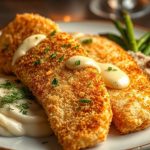
Breaded and Baked Fish with Haddock
- Total Time: 35 minutes
Description
If you’re looking for a delicious and healthy meal, breaded and baked fish is a fantastic choice! This recipe features haddock, a mild and flaky white fish that’s perfect for baking. The crispy breadcrumb coating adds texture and flavor, making this dish a family favorite. Follow this simple recipe to create a satisfying meal that pairs beautifully with a variety of sides.
Ingredients
- 4 haddock fillets
- 1 cup breadcrumbs (plain or seasoned)
- 1/2 cup grated Parmesan cheese
- 1 teaspoon garlic powder
- 1 teaspoon paprika
- Salt and pepper to taste
- 2 eggs, beaten
- 1/4 cup all-purpose flour
- Cooking spray or olive oil for greasing
Instructions
- Preheat Oven: Preheat your oven to 400°F (200°C). Line a baking sheet with parchment paper or lightly grease it with cooking spray.
- Prepare Coating: In a shallow bowl, mix breadcrumbs, Parmesan cheese, garlic powder, paprika, salt, and pepper. In another bowl, place the flour. In a third bowl, beat the eggs.
- Coat Fish: Dredge each haddock fillet in flour, shaking off excess. Dip into the beaten eggs, then coat with the breadcrumb mixture until fully covered.
- Bake: Place the breaded fillets on the prepared baking sheet. Lightly spray or drizzle them with olive oil for crispiness. Bake for 15-20 minutes or until fish is cooked through and golden brown.
- Serve: Remove from oven and serve hot with lemon wedges and your favorite dipping sauce! Enjoy!
- Prep Time: 15 minutes
- Cook Time: 20 minutes
- Category: Seafood
- Method: Baking
Flavorful Seasoning Options
When it comes to seasoning haddock, the classics truly shine. Lemon and garlic are perhaps the most beloved companions of this delicate fish. A simple squeeze of fresh lemon juice not only enhances the natural flavors but also adds a zesty brightness that elevates any dish. Pair it with minced garlic, which offers a subtle warmth and aromatic depth that works wonders. You can easily create a flavorful marinade by mixing these two ingredients with olive oil, salt, and pepper, allowing the fillets to soak up all that goodness for at least 30 minutes before baking.
However, don’t be afraid to think outside the box! Innovative spice blends can take your baked haddock from standard to stunning without piling on extra calories. Consider trying a combination of smoked paprika, cumin, and cayenne pepper for an exciting twist. This vibrant blend delivers both sweetness and heat while still preserving the lightness of your dish—perfect for those who love adventurous flavors! For those fond of Asian-inspired dishes, you might explore a mixture of sesame seeds, ginger, and soy sauce as an alternative seasoning approach that not only accents but transforms your fish into a culinary delight.
Finally, marinades play a pivotal role in infusing wavering hints of flavor throughout your fish fillets. By marinating haddock before cooking, you ensure each bite is bursting with taste rather than just relying on surface-level seasoning. A marinade combining yogurt or buttermilk with herbs like dill or cilantro creates tender fish while enhancing texture and moisture levels. Integrating acidic components such as vinegar or citrus juice balances richness and fosters deeper flavor penetration—ensuring every slice oozes delicious zest with each forkful!
So whether you lean towards the classic zests or innovative spice creations, remember: tantalizing seasoning is key when preparing breaded and baked haddock. Experimenting boldly will not only enhance the dining experience but inspire confidence in your culinary endeavors!
If you like Breaded and Baked Fish, you may like also Breaded and Grilled Fish
Coating Techniques for Crunchiness
Achieving that perfect crunch is crucial when it comes to baked haddock. While the traditional method typically involves a simple breading with flour, egg, and breadcrumbs, there are alternative options that can elevate your dish and cater to various dietary preferences. For instance, using crushed nuts like almonds or walnuts offers a gluten-free alternative and adds a delightful richness. Similarly, panko breadcrumbs provide an extra flaky texture compared to regular ones, making your coating even more tantalizing.
For optimal crispiness, start by preparing your coating station: set up three separate shallow bowls for flour (or an alternative like almond flour), beaten eggs (or a vegan equivalent such as aquafaba), and your chosen breadcrumb mixture. Dip each haddock fillet first into the flour, ensuring even coverage; this creates a base layer that helps the egg stick better. Next, coat the fish in eggs before finally rolling it through the breadcrumbs or nut mixture. Press gently but firmly to ensure all surfaces are covered evenly—this is key to achieving that golden-brown crust that everyone craves!
Another essential tip for maximizing crunchiness while minimizing excess oil is to use parchment paper on your baking sheet. Not only does this prevent sticking but it also allows heat to circulate around the fish more effectively during baking. If you want an even lighter option, consider spraying your coated fish with a light mist of cooking spray or brushing with olive oil instead of dousing them before placing in the oven; this method will help facilitate browning without soaking the coating in grease.
Lastly, don’t forget about oven placement! Positioning your tray near the top of the oven allows those deliciously crispy morsels to brown beautifully while enhancing airflow around them. Following these techniques not only guarantees a crunchy exterior but also lets you enjoy a healthier version of classic fried fish without compromising on flavor or satisfaction!
Perfect Baking Temperature and Time
When it comes to baking haddock, achieving the ideal oven temperature is crucial for creating that perfectly flaky texture while ensuring a beautifully golden crust. Preheat your oven to 400°F (200°C), a sweet spot that allows the fish to cook evenly without drying out. Cooking at this temperature ensures that the exterior caramelizes while retaining moisture inside, yielding that mouthwatering contrast of textures which is one of the hallmarks of exceptional baked haddock.
Timing can vary based on the thickness and portion size of your fillets. As a general rule, you should plan on baking haddock for about 10-12 minutes per inch of thickness. For instance, if you have a thicker piece measuring around 1-inch, aim for closer to 12 minutes; whereas a thinner fillet may only require around 8-10 minutes. It’s always wise to slightly underbake when you’re still getting used to your specific oven settings, as an additional minute or two can make all the difference between perfect and overcooked fish.
To check for doneness without risking overcooking, use a fork to gently flake the thickest part of the fillet; if it flakes easily and appears opaque throughout with minimal translucency remaining, it’s ready to come out of the oven! An instant-read thermometer can also be your best friend here—your target internal temperature should be around 145°F (63°C). Following these straightforward guidelines will help ensure that every time you bake haddock, it emerges from your oven not just cooked but downright delightful!
Give yourself some freedom in adjusting timing according to how you prefer your fish—sometimes we all crave that extra crispy bite! Just remember to keep an eye on it as it bakes because there’s nothing worse than pulling out an overdone piece. With practice and attention to these details, mastering baked haddock will soon become second nature in your culinary repertoire!
Serving Suggestions
Once you’ve perfected your breaded and baked haddock, complementing it with the right side dishes can elevate your meal to new heights. A fresh citrus quinoa salad, brimming with chopped parsley, tomatoes, and a zesty lime dressing, serves not only as a vibrant palette but also provides a protein-packed boost that complements the lightness of haddock beautifully. Alternatively, consider pairing your fish with roasted seasonal vegetables—such as asparagus, zucchini, and bell peppers—which add both color and essential nutrients while enhancing the dish’s flavor profile.
To truly make your plated meal shine, think about garnishing your baked haddock for an eye-catching presentation. A simple sprinkle of freshly chopped herbs like dill or parsley adds a burst of color and freshness. If you want to take it a step further, drizzle a homemade garlic-infused olive oil or a squeeze of fresh lemon juice over the top just before serving; this not only enhances the visual appeal but also balances flavors effectively. Additionally, thin slices of lemon arranged artfully around the plate can provide an inviting invitation to dig in.
When planning your meal, it’s wise to consider nutritional balance. While baked haddock is low in calories and high in protein, adding fiber through whole grains (like brown rice or farro) and healthy fats (like avocado slices) rounds out your plate beautifully. Focus on incorporating diverse ingredients that provide vitamins and minerals—colorful veggies often come loaded with specific health benefits—to create a nutritionally sound dinner that’s visually appealing too. This balanced approach ensures that each bite maximizes taste while keeping dietary wellness at the forefront.
By carefully selecting side dishes and thoughtful garnishes for your baked haddock meal, you’re not only satisfying hunger but creating an experience that delights both the palate and the eyes. Happy cooking!
Troubleshooting Common Issues
Cooking haddock to perfection can sometimes feel like a high-wire act, but there are simple ways to troubleshoot common problems. If your breaded and baked haddock has turned out soggy instead of the desired crispy texture, don’t despair.
First, make sure that you’re using enough breadcrumbs to create a substantial coating. Consider using panko breadcrumbs instead of regular ones—they’re larger and provide an extra crunch when baked. Additionally, ensure that you’re drying the fish thoroughly with paper towels before coating it; excess moisture will lead to a loss of crispiness. Another fantastic tip is to bake the fish on a wire rack placed over a baking sheet; this allows air circulation around the fillets for even cooking and enhances that golden crust.
If you’ve accidentally overcooked your haddock or find that it’s lacking in flavor, all hope is not lost! Overcooked fish can dry out quickly, so keep an eye on thickness when timing your baking. The goal is to hit an internal temperature of 145°F while still maintaining juiciness—using an instant-read thermometer can be incredibly helpful here. On the seasoning front, if you find your dish bland post-baking, consider serving it with zesty dipping sauces such as tartar sauce or a squeeze of fresh lemon juice to amp up flavors instantly. A sprinkle of fresh herbs just before serving also rejuvenates dull-tasting fish beautifully.
Leftover baked haddock can evoke either joy or dread depending on how well it’s reheated! To preserve its delightful texture from the first round, take care not to microwave it as this often results in rubbery fillets. Instead, preheat your oven to 350°F (175°C) and place the leftovers on a parchment-lined baking sheet for about 10-15 minutes, allowing them to warm through without sacrificing quality. You might even add a touch more oil or butter before putting them back in the oven for added richness and improved texture! This method ensures your reheated meal feels freshly made rather than resembling yesterday’s dinner gone wrong.
In conclusion, troubleshooting issues with baked haddock doesn’t have to be daunting; you’ll likely find success by tweaking some techniques along the way! Whether it’s adjusting cooking times or enhancing flavors upon reheating, remember these tips next time you’re making this delicious dish—it’s all part of mastering your culinary repertoire!
Wrapping Up Your Haddock Adventure
Baking breaded haddock is a delightful culinary journey. Remember to choose fresh, high-quality fish and season it generously for maximum flavor. The texture matters too – aim for that perfect crispy coating by mastering your breading techniques and baking methods. Don’t shy away from experimenting with different spices, marinades, or side dishes. Each variation can bring a new twist to a classic recipe.
Now it’s time to get cooking! Take these tips and make the dish your own. Whether you keep it classic or put your unique spin on it, baked haddock will surely impress at your dinner table. Enjoy the process, savor the flavors, and happy cooking!

